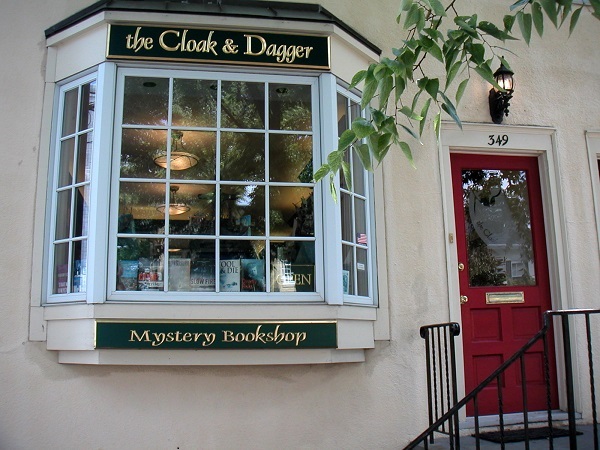Food, Religion, and Language
Selma Benkhoukha, Class of 2021
Gold, silver, and bold colors are preferred during the celebration of Diwali to parallel the holiday’s themes of light and illumination.
I have come to learn that what people care about and what they care for make up the basis of cultural values. The fundamental components of a culture- food, religion, and language- are the customs that best define a specific group of people.
On a day trip to Edison, New Jersey’s “Little India”, I was surrounded by a foreign understanding of food, culture, and religion completely unfamiliar to my life in Ewing.
Approaching Oak Tree Road, the heart of South-Asian businesses in Edison, I began to recognize how little I knew, and how much I was eager to learn. I watched in curious awe as I passed colorful displays of yellow and orange marigolds decorating the rows of stores. Intricate golden displays were placed before doorways, carefully arranged by store owners. Later, in conversation with a business owner, I learned this was in preparation for Diwali, a traditional Indian festival of lights.
Storefronts were also decorated with names of dishes I had never tried (my unknowingness furthering both an understanding of my limited perspective as well as my desire to enlighten). Grocery stores, as well, were stocked with foreign products; items in high demand of migrants, but completely unfamiliar to me.
Upon the abundance of South-Asian restaurants and products, I began to recognize the role of food within culture. It seemed food was a persistent value of Edison’s migrants, surviving the journey from India. Despite the journey, the taste of home remained in the streets of New Jersey.
In an interview with an Indian migrant, whose identity was asked kept secret for privacy, I asked about the values that had carried into daily life in America. Immediately, traditional cooking was mentioned.
“Mostly important is cooking”, said the interviewee; not captured in the audio recording of this encounter was the smile that lit up on her face as she answered. “And all festivals”.
As my trip fell during the celebration of Diwali, the mention of festivals appeared just as relevant as food. A symbolic recognition of lifting away spiritual darkness marked on the Hindu calendar, Diwali showed the influence of an ethnically Indian religion in New Jersey’s South Asian community.
The interviewee expanded on the concept of Hinduism. “We always go to temple”, she said, and her family prays at home as well. Through her description of this religious participation, it was clear practicing Hinduism had not lost value to the migrants. Religion has the same persistence as food within a culture.
Most jarring to an inexperienced witness of foreign culture is the language barrier. Newspapers were printed in Hindi, storefronts were written in the Devanagari alphabet, and many people could not understand spoken English.
Conversations in languages I had never heard collectively created a completely new atmosphere- one which I had never experienced, nor anticipated participating in.
Though posing a slight disadvantage for myself, as my comprehension was somewhat limited, the presence of dozens of languages was fascinating to witness, and intriguing to study. Upon my encounters with only a few individuals, native languages included Hindi, Marathi, and Punjabi. .
It was heartwarming to recognize the presence of this fundamental piece of culture outside of India. The interviewee mentioned the use of native languages at home, teaching her son to speak Hindi despite his being born in America.
Values of traditional cooking, ethnic religions, and native languages seemed to construct the culture of “Little India”. Food, religion, and language were brought to Edison by South-Asian migrants, continuing to play fundamental roles in the daily life here.
To an outsider, the study of Edison was fascinating to dissect and understand. The core values of a people play significant roles on a group’s perception of comfort, life, and communication- roles which differ between different cultures.
In the same, my trip did not empower me with complete understanding of this foreign culture. Most fascinating is my curiosity that remains, despite the answers I gathered through questioning and reasoning.
Culture is not a tangible thing; it is not something that can easily be defined, as humanity is ever so inconsistent. The disagreements in how to value life are what differentiates cultures, and to view this as an obstacle to understanding only limits the ability to comprehend another perspective. Culture is simply the way people live; it is not something to be analyzed endlessly, but to be admired as it is.










